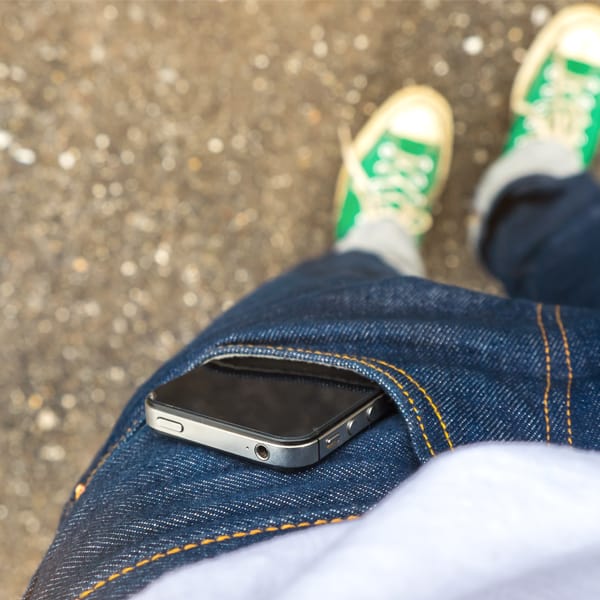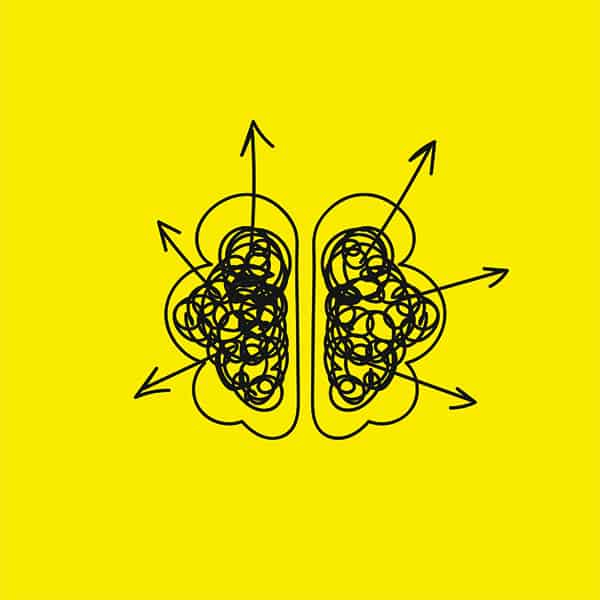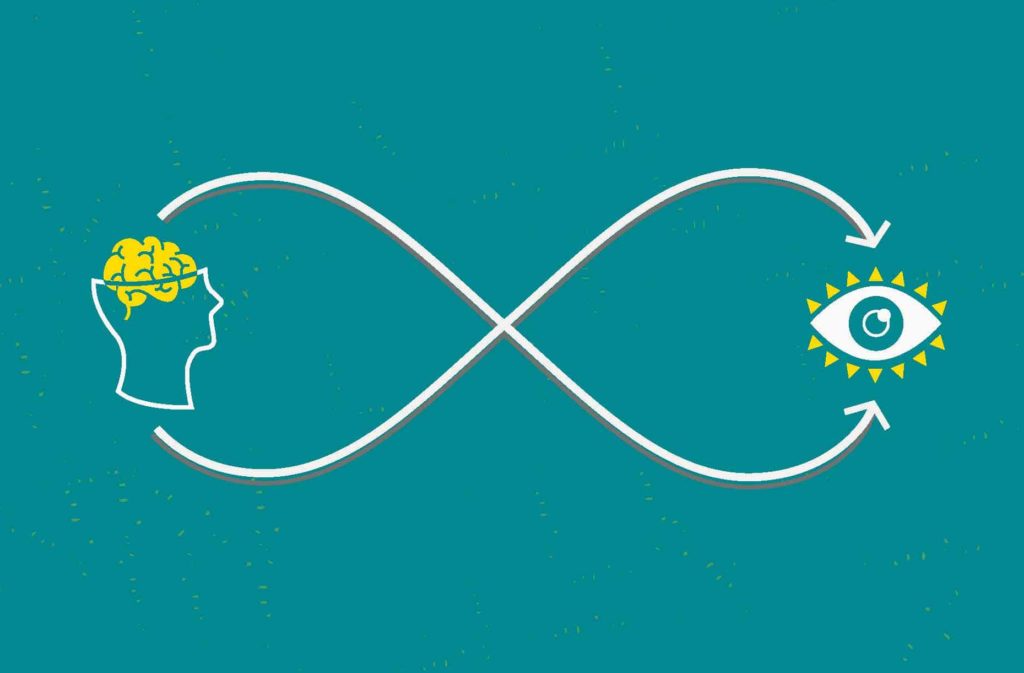What is Mobile Ethnography? And why should you use it?
Before everyone was walking around face-down in their smartphone, ethnography required researchers to spend hours with their subjects on a one-to-one basis, observing behaviors, conducting interviews and collecting context in the field. It was valuable work, but also time-consuming, costly and limited in scope…and as a result, cumbersome to scale.
Then came the dawn of widespread mobile device adoption, and shortly thereafter, mobile ethnography.
So, what is Mobile Ethnography? Originally implemented as a way to expand the reach of traditional ethnographic studies, mobile ethnography provides a portal to tens, twenties, even hundreds of people’s behaviors at the same time. Smartphone users take photos or record video of themselves, giving us a window into their world, and enabling researchers to not only see what’s happening in each individual’s life, but also analyze the data in aggregate through mobile ethnography app systems. The money shot: With these magical devices people carry around in their pockets, and the use of mobile ethnography tools we’re now able to derive the kinds of powerful insights that you might only expect to see with an exhaustive broad-based, longitudinal study, but instead in a much more rapid and nimble format that yields a super-rich qualitative data set.
It’s a powerful tool that is used to unlock the views of the many with the work of just a few, but its value also lies in its ability to help see beyond a linear narrative, to put the pieces of your respondents lives in new and interesting ways that help you chart new pathways to growth. Let’s talk about that for a moment.
Life is complex.
Many of us want to think about our journey as a linear path forward with a beginning, middle and end. But, anyone who’s ever been “in the thick of it,” can tell you: Life is complex. It rarely ever happens in neat, chronological order. It is full of tangents, set-backs, and leaps forward. Yet, many traditional research approaches seek to oversimplify, to force logic into situations that are often more rooted in emotion.
Complexity can be scary.
But, when we embrace complexity, meet it head-on with the right tools, we can make meaning out of muddy waters. In looking both broadly and deeply, using research tools such as mobile ethnography, we start to see patterns emerge — we begin to discover that seemingly unpredictable detours happen with surprisingly predictable frequency.
You can’t leap into the void empty-handed.
You need a methodology. Non-linear narratives do not follow the rules of space and time. By definition, they can start anytime and end anytime in the trajectory of the plotline. In other words: they unfold, just like our lives and your customer’s lives. But, you need to be there when it happens in order to see it unfold. That’s why we at THRIVE dive into understanding non-linear narratives via mobile ethnography.
Bring a friend, a flashlight & a sandwich.
Mobile ethnography allows you to go broad and deep simultaneously. With this methodology, you can capture multiple points of a target behavior from the same respondent, while amassing hundreds of different examples of the target behavior across several respondents within a single study. So, you’re able to see the narrative play out not just within one person, but among several, all at once, building confidence through repetition and helping you to spot the types of anomalies and edge cases that point to opportunities.
Be prepared to reframe your thinking.
Because mobile ethnography can run over several days or weeks, respondents forget they are being “watched,” and start showing you what’s real — even some things they aren’t ready to admit to themselves — yet. So, you end up framing observations in new ways, laddering insights up to different opportunity spaces and charting new pathways to growth — all things you may have missed previously.
WHAT YOU GET BY GOING “NON-LINEAR”
We cannot answer What is Mobile Ethnography? Without looking at behaviors. By allowing behaviors to unfold over time, naturally in a non-linear way (vs. a window into a specific moment in time that you’d capture with more traditional in-person contextual observation), you gain:
• Deeper context around behavioral triggers and cues
• Historical preference drivers and deep emotional drivers
• Parallel and tangential needs that fall outside of the existing process, but influence decision-making & satisfaction
• Evidence of conscious/subconscious denials — the things people don’t think happen a lot but are relatively predictable
• Insight into perceived anomalies — the outliers that people think don’t happen frequently but occur predictably
Why it all matters? You end up with a much richer perspective — one that provides you with more options of where to play, and more confidence about how to chart your successful growth pathway.
Now, how you structure a mobile ethnography study that’s going to get you all of that rich data is a different story… look out for our next post with tips and tricks for crafting mobile ethnography questions.
People Also Ask These Questions About Mobile Ethnography
Q: How does mobile ethnography differ from traditional ethnography?
A: Unlike traditional ethnography, which requires the physical presence of a researcher observing subjects, mobile ethnography uses technology to gather data remotely. This approach allows participants to report their experiences and interactions in real-time and in their natural settings without the overt influence of a researcher.
Q: What are the primary tools used in mobile ethnography?
A: The primary tools used in mobile ethnography include smartphones and other mobile devices equipped with cameras, GPS, and other sensors that can collect data, including location, images, videos, and user inputs. These devices facilitate the recording of real-world interactions as they happen.
Q: What types of projects is mobile ethnography best suited for?
A: Mobile ethnography is ideal for projects aiming to understand user interactions and experiences in real-life contexts, such as shopping habits, daily routines, usage of products or services, and more. It is particularly valuable for insights into consumer behavior, product design, and user experience research.
Q: What are the advantages of mobile ethnography?
A: Mobile ethnography offers several advantages, including real-time data collection, contextual richness, convenience, scalability, and unobtrusive observation.
Q: What challenges might researchers face when conducting mobile ethnography?
A: Data privacy concerns, participant compliance, and data management are some of the key challenges researchers face when conducting mobile ethnography.
Q: How can researchers overcome these challenges?
A: Solutions for some of the main challenges researchers face when conducting mobile ethnography include ensuring all participants understand their rights, what data will be collected, and how it will be used; using interactive and user-friendly tools to keep participants motivated; and employing robust data analysis tools that can handle large sets and varied types of data efficiently.
Q: What should researchers consider before starting a mobile ethnography project?
A: Before starting a mobile ethnography project, researchers should consider clearly defining what they want to learn from the ethnography to choose appropriate tools and methods; choosing participants who reflect the demographic of interest and are comfortable using mobile technology; and ensuring the study complies with all ethical standards concerning privacy, consent, and data security.
Q: How long does a mobile ethnography study typically last?
A: The duration of mobile ethnography can vary based on the project’s scope and objectives but typically ranges from a few days to several weeks. Longer studies allow researchers to gather more comprehensive data over different times and contexts.









